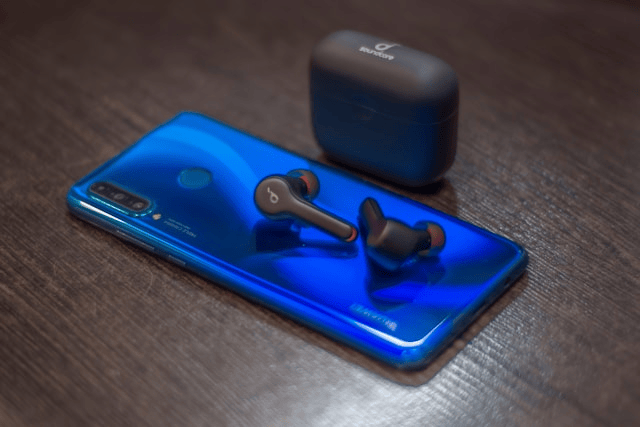We’ve all been there you take off your wireless headphones, set them down somewhere, and suddenly they’ve disappeared. With so many of our gadgets relying on Bluetooth, it’s surprisingly easy to misplace them. The good news is there are reliable ways to track them down. If you’re wondering how to find a lost Bluetooth device, this guide will walk you through practical methods to locate it, plus some prevention tips to keep it from happening again.
Step 1: Check the Basics First
Before diving into apps and scanners, start with the simple stuff:
-
Retrace your steps since the last time you used the device.
-
Look in common hiding spots like pockets, bags, couches, or under desks.
-
Make sure the device is powered on it won’t show up in Bluetooth settings if it’s turned off or has a dead battery.
Sometimes a quick scan of your immediate surroundings is all it takes to find lost Bluetooth headphones or other small gadgets.
Step 2: Use Your Phone’s Bluetooth Settings
Your smartphone is your best tool for locating a misplaced device. Here’s how:
-
Open the Bluetooth settings on your iPhone or Android phone.
-
Check if the lost device is still showing as connected or “in range.”
-
If it’s nearby, walk slowly around the area with your phone. Many phones will display a stronger or weaker signal depending on how close you are.
This trick works well when you’re at home, in the office, or anywhere the Bluetooth signal isn’t obstructed by too many walls or devices.
Step 3: Use Bluetooth Finder Apps
If searching through settings isn’t enough, try a Bluetooth finder app. These apps help track down devices by showing the signal strength as you move closer to them.
-
For Apple devices: Use the built-in Find My app to locate AirPods, Beats, or other supported accessories.
-
For other devices: Apps like Bluetooth Scanner, Find My Headphones, or Tile can display nearby signals and help you narrow down the location.
These apps are especially useful when trying to locate Bluetooth devices like earbuds, speakers, or fitness trackers.
Step 4: Use the Device’s Built-In Features
Many modern gadgets come with their own locating functions. For example:
-
AirPods or Beats: Use Apple’s Find My app to play a sound if they’re nearby.
-
Samsung Galaxy Buds: Use the SmartThings app to ring them.
-
Smartwatches and trackers: Some devices can vibrate, beep, or flash to help you spot them.
If your gadget supports these features, they’re often the fastest way to find a lost Bluetooth device.
Step 5: Advanced Methods with Bluetooth Scanner Apps
If your device doesn’t have a built-in tracker, a Bluetooth scanner app can act like a “hot-and-cold” search tool.
-
Download a Bluetooth scanner app from the App Store or Google Play.
-
Walk around slowly while watching the signal meter.
-
As the signal strength increases, you’re getting closer to the device.
This method is one of the most effective ways to track a Bluetooth device hidden under furniture, buried in a bag, or left in another room.
Step 6: What to Do If the Device Is Offline
If your Bluetooth gadget is turned off or has a dead battery, you won’t be able to track it live. But you can still try these steps:
-
Check your phone’s Bluetooth history to see the last connected location.
-
Retrace your physical steps from that time.
-
Search manually in places where you usually keep or use the device.
While not as precise, this method often leads you back to where you last used the device.
Step 7: Prevention Tips for the Future
Finding a lost device can be stressful, so it’s worth setting up a system to avoid repeat mishaps. Here are some prevention tips:
-
Use cases or holders: Keep your Bluetooth headphones or earbuds in their case when not in use.
-
Attach a tracker: Small tracking devices like Tile or AirTag can make finding lost items effortless.
-
Designate a spot: Always place your device in the same location at home or work.
-
Keep them charged: A dead battery means no Bluetooth signal, making it harder to locate.
These small habits can save you a lot of time and frustration.
Conclusion
Losing a gadget is frustrating, but learning how to find a lost Bluetooth device makes the process much easier. Start by retracing your steps, then use your phone’s Bluetooth settings, tracking apps, or built-in device features. If all else fails, rely on scanner apps or last known location data to narrow down your search.









